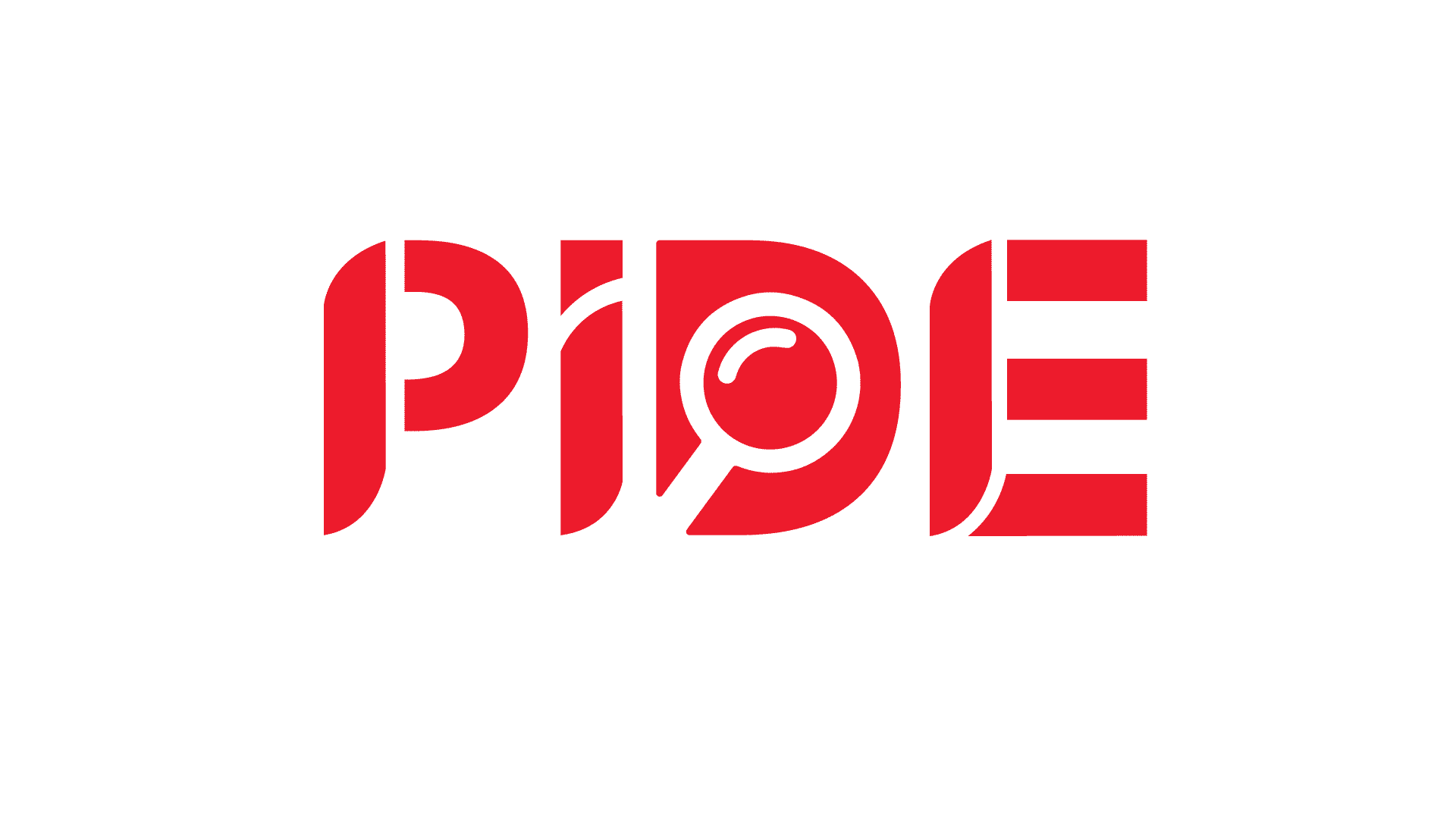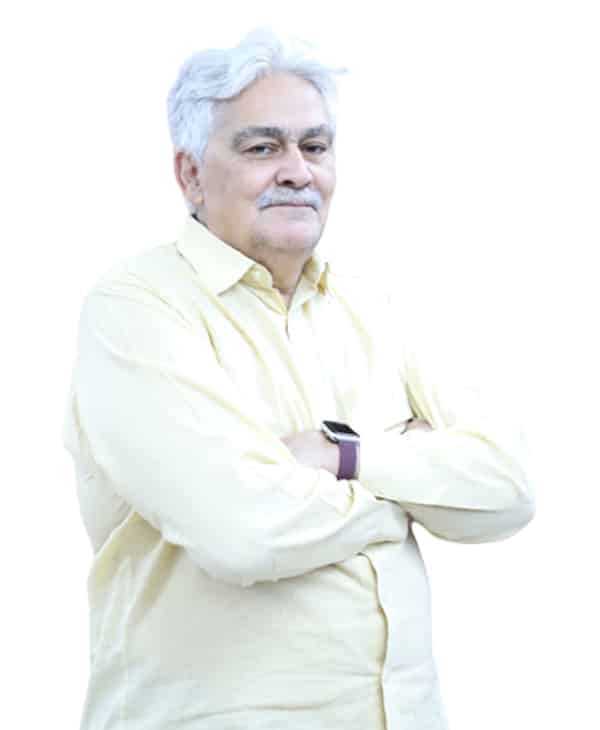THE PAKISTAN DEVELOPMENT REVIEW
Corporate Debt Policy—Pre- and Post-financial Market Reforms: The Case of the Textile Industry of Pakistan
The literature provides evidence that the capital structure of a firm is often a combination of several securities; it can arrange (1) Bank loan (2) issue debentures/bonds, (3) issue shares (4) lease financing, or (5) utilise its retained earnings. Eventually number of ideas and theories has been developed to discuss the optimal capital structure. Optimum is the trade-off between the benefit of tax and costs of financial distress; a firm faces due to the borrowed money. Although extensive research work has been done on the capital structure but still it remains one of the unsettled topics in finance. Optimal capital structure has an impact on corporate profits. Debt is considered as the cheapest source of financing due to tax shield, higher the firm’s tax bracket more the debt is advantageous to a firm. The trade off theory states that higher debt is associated with higher profitability. Three reasons support this theory; one debt allow tax shield. Second, more trust is built on profitable companies considering more sustainable and less prone to bankruptcy; hence high profitable companies are able to seek more debt. Third, agency cost, for the profitable firms, lenders/creditors give relaxation in monitoring charges, which reduces the debt cost. This motivates profitable firms to go for more debt.



